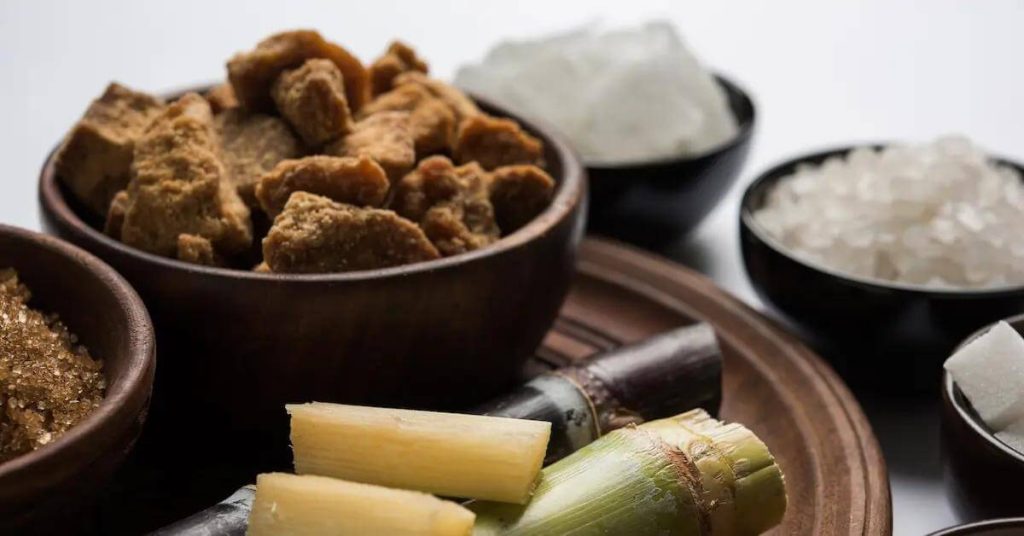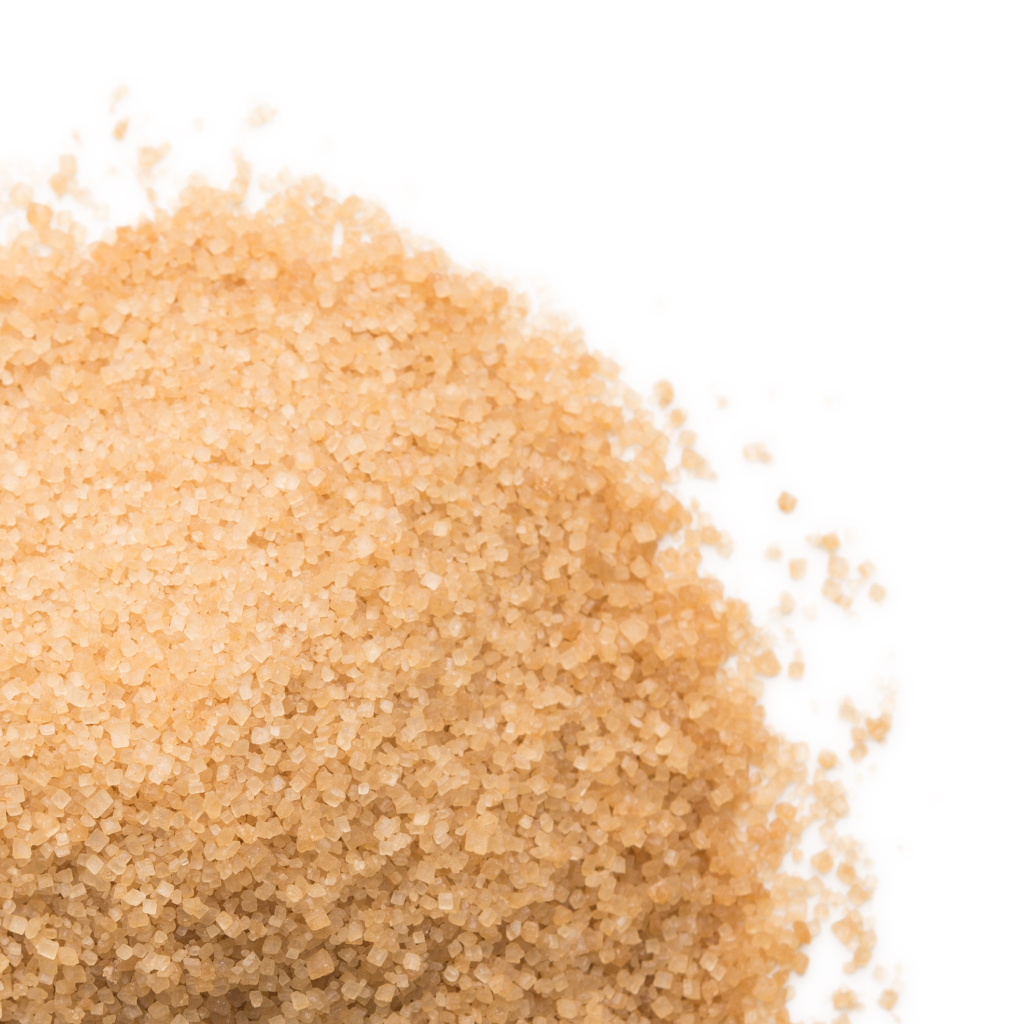Recognizing the Vital Techniques and Technologies Used in Modern Walking Cane Sugar Processing
The evolution of walking stick sugar handling has actually been considerably formed by the integration of innovative techniques and technologies that attend to both effectiveness and sustainability. As we discover these crucial improvements, it ends up being essential to analyze how they not just improve production but likewise align with more comprehensive industry trends and customer needs, raising questions about the future of sugar processing and its ramifications for international markets.
Historic Context of Cane Sugar Handling
The historic context of walking stick sugar handling exposes an abundant tapestry of agricultural development and social exchange that has actually shaped its development over centuries. Coming From in Southeast Asia, sugarcane was grown as early as 8000 BCE - Cane Sugar Processing. The procedure of drawing out and improving sugar got momentum in India, where approaches for crystallization were improved around the sixth century. This expertise passed through to the Center East, and by the 12th century, sugar came to be a valued commodity in Europe, bring about the establishment of sugar vineyards in the Mediterranean.

Advanced Extraction Strategies
Effectiveness in walking stick sugar removal has actually seen substantial developments, driven by the demand for greater returns and reduced manufacturing prices. Standard techniques have developed, paving the way to ingenious technologies that boost the efficacy of the removal process. One notable advancement is making use of enzyme-assisted removal, wherein particular enzymes damage down cell wall surfaces and launch more sucrose from the walking stick fibers. This strategy not only raises sugar return but also minimizes the power required for processing.
Furthermore, the adoption of membrane purification modern technologies, such as nanofiltration and reverse osmosis, has actually reinvented the splitting up of sugar from pollutants. These techniques permit the selective permeation of sugar particles while maintaining bigger contaminants, improving the extraction process and minimizing waste.
Moreover, the combination of continuous extraction systems has actually caused enhanced operational performance. Cane Sugar Processing. These systems keep a consistent flow of walking cane product, making certain optimum removal problems and lowering downtime related to set processing
Innovative Refining Technologies
Refining techniques in cane sugar handling have actually undergone a transformative change, driven by the need for greater purity and boosted product high quality. Among the most notable innovations is the fostering of membrane layer filtration modern technologies, such as ultrafiltration and nanofiltration. These procedures properly get rid of impurities and colorants without the demand for substantial chemical therapies, thus protecting the sugar's natural flavor and enhancing its appeal.
An additional considerable improvement is the usage of ion exchange materials, which enable discerning removal of unwanted ions from sugar options. This modern technology not only increases the overall purity of the end product yet additionally adds to minimized waste and environmental impact.
Additionally, developments in adsorption techniques, utilizing triggered carbon and other advanced products, have verified efficient in decolorizing sugar options while maintaining optimum quality. The assimilation of these cutting-edge refining technologies guarantees that manufacturers can create refined sugar with premium clearness and preference, meeting the developing choices of customers.
Automation and Control Systems
Current advancements in refining modern technologies have led the way for substantial renovations in automation and control systems within cane sugar processing centers. These systems use innovative software program and equipment to boost operational efficiency, lower human mistake, and make certain regular item quality.
Modern automation incorporates numerous parts, consisting of sensors, actuators, and programmable logic controllers find here (PLCs), making it possible for real-time monitoring and control of critical procedures. For example, temperature level, flow, and stress prices can be specifically regulated during extraction, information, and crystallization stages, maximizing efficiency and minimizing waste.
Furthermore, progressed information analytics and machine understanding formulas play an essential role in anticipating upkeep, permitting drivers to anticipate tools failings prior to they happen. This positive approach not only reduces downtime however also prolongs the life-span of equipment.
Additionally, automation helps with the execution of Sector 4.0 principles, encouraging sugar mills to attain higher connection and data exchange across procedures. Because of this, decision-making comes to be more dexterous and enlightened, eventually boosting the overall competition of cane sugar production. With these improvements, the industry is well-positioned to satisfy growing international demands while preserving functional excellence.
Sustainability Practices in Sugar Manufacturing
Sustainability practices in sugar manufacturing have ended up being significantly necessary as the industry looks for to stabilize economic feasibility with environmental obligation. As consumer recognition grows pertaining to the environmental impacts of agricultural practices, sugar producers are taking on ingenious methods to minimize their environmental impact.
One considerable strategy is the application of precision agriculture strategies, which use information analytics to enhance source use, such as water and plant foods. This reduces waste and lessens the effect on regional environments. Furthermore, numerous manufacturers are transitioning to renewable resource sources, such as biomass from sugarcane results, to power their procedures, therefore lowering dependence on nonrenewable fuel sources.
Water administration methods are also vital; rainwater harvesting and reliable irrigation systems aid reduce water deficiency issues. Cane Sugar Processing. In addition, integrated pest monitoring strategies reduce chemical use, advertising biodiversity and soil wellness
Business social obligation initiatives are emerging, with business investing in neighborhood areas and ensuring reasonable labor practices. By discover this info here embracing these sustainability techniques, the sugar sector not only enhances its credibility but likewise adds to a more lasting farming landscape, paving the means for future generations.

Conclusion
In summary, modern cane sugar handling includes a series of advanced techniques and technologies that considerably improve sustainability, return, and performance. The fostering of ingenious removal and refining approaches, together with automation and control systems, promotes boosted operational efficiency and product high quality. Furthermore, the emphasis on lasting practices highlights a commitment to minimizing ecological effect and advertising ethical manufacturing. Jointly, these advancements position the walking cane sugar industry to satisfy contemporary demands while attending to critical international obstacles.
The evolution of walking stick sugar handling has actually been significantly formed by the integration of sophisticated techniques and innovations that attend to both performance and sustainability.The historical context of walking stick sugar processing discloses an abundant tapestry of farming technology and social exchange that has actually shaped its development over centuries. Developments click for info in milling and refining arised, laying the groundwork for contemporary walking stick sugar handling.Refining techniques in walking stick sugar processing have undergone a transformative change, driven by the need for greater purity and improved product quality.In recap, modern cane sugar handling incorporates a range of advanced methods and modern technologies that substantially improve efficiency, return, and sustainability.